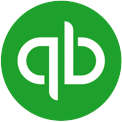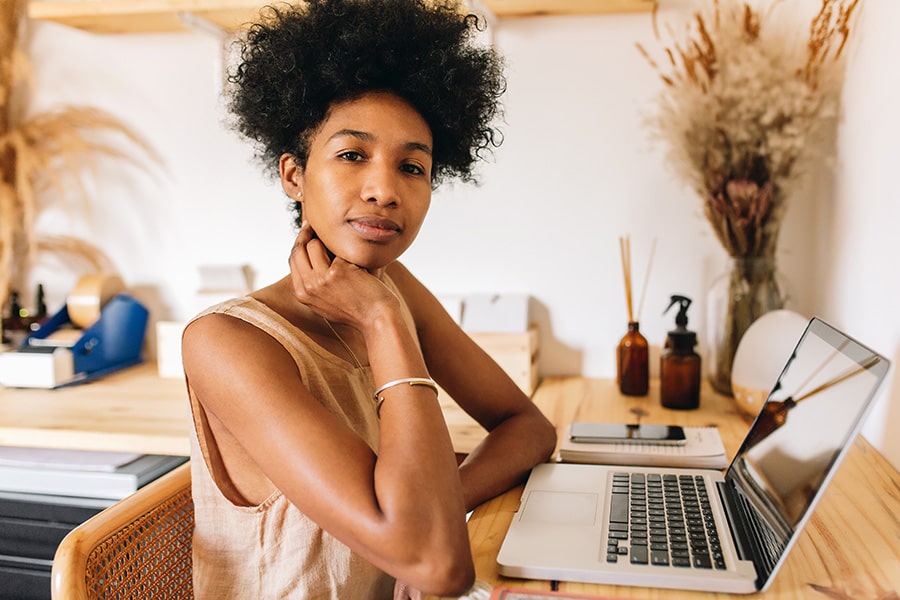Paying yourself in a partnership
Payment method: Owner’s draw
A partners’ equity balance is increased by capital contributions and business profits, and reduced by partner (owner) draws and business losses.
Patty not only owns her catering business, but she’s also a partner in Alpine Wines, a wine and liquor distributor. Patty and Susie each own 50% of Alpine Wines, and their partnership agreement dictates that partnership profits are shared equally. Patty contributes R70,000 to the partnership when the business is formed, and Alpine Wines posts this journal entry:
The partnership generates R60,000 profit in year one, and R30,000 of the profit is reported to Patty on an IRP5. Patty includes the IRP5 on her personal tax return, and pays income taxes on the R30,000 share of partnership profits. Assume that Patty decides to take a draw of R15,000 at the end of the year.
Here is her partner equity balance after these transactions:
R70,000 contributions + R30,000 share of profits – R15,000 owner’s draw = R85,000 partner equity balance
Keep in mind that a partner can’t be paid a salary, but a partner may be paid a guaranteed payment for services rendered to the partnership. Like a salary, a guaranteed payment is reported to the partner, and the partner pays income tax on the payment. The partnership’s profit is lowered by the randamount of any guaranteed payments.





